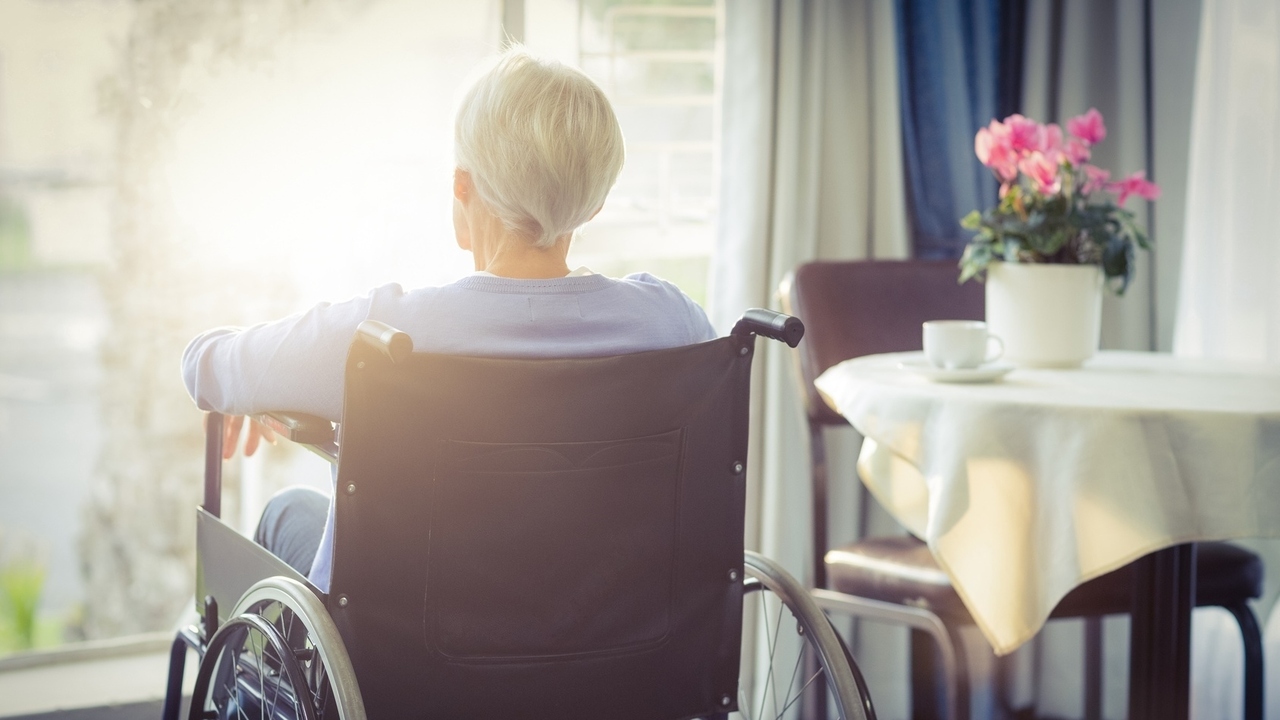Each year in the United States, about 60,000 people are diagnosed with Parkinson's disease, according to the Parkinson's Disease Foundation. This neurological condition results from damage to the nerve cells within the brain that produce the neurotransmitters dopamine. The decrease in the amount of dopamine in the brain causes movement problems, such as problems starting movement, rigid muscles and tremors. But other conditions exist that produce similar symptoms to Parkinson's disease, which are called “parkinsonism.”
When the cause of the Parkinson's disease symptoms can be identified, the patient has secondary parkinsonism. The Mayo Clinic noted that this occurs in around 10 percent of patients with Parkinson's disease. Several conditions can cause secondary parkinsonism. MedlinePlus, a service of the U.S. National Library of Medicine and the National Institutes of Health, explained that medications are a common cause of the disorder, which include drugs such as metoclopramide, haloperidol and phenothiazine medications. Conditions that injure the brain, such as a stroke, encephalitis or meningitis, can cause secondary parkinsonism. Other possible causes include progressive supranuclear palsy, carbon monoxide poisoning, corticobasal degeneration, narcotic overdose, brain damage that results from anesthesia, multiple system atrophy, diffuse Lewy body disease and toxin exposure.
In some cases, the secondary parkinsonism can be reversed if a doctor can find the cause early in the presentation of symptoms. Secondary parkinsonism caused by an antipsychotic, for example, is reversible if found early. But if the secondary parkinsonism results from toxins, infections or brain damage from drug use, the secondary parkinsonism may not be reversible, according to MedlinePlus.
To diagnose for secondary parkinsonism, the doctor will look for specific symptoms, such as problems with posture, a shuffling walk, increased muscle tone, issues with beginning or ending voluntary movements, and tremors. MedlinePlus notes that cognitive problems are more common in secondary parkinsonism than Parkinson's disease, as secondary parkinsonism patients can go on to develop dementia.
The treatment goals for secondary parkinsonism include managing symptoms. Patients may receive medications used to treat Parkinson's disease. For example, secondary parkinsonism patients may receive levadopa, a medication that converts to dopamine. The doctor may combine levadopa with carbidopa, a medication that prevents levadopa from converting to dopamine before it crosses the blood-brain barrier. If levadopa does convert to dopamine before it crosses the blood-brain barrier, it will be too large to pass through to the brain. Secondary parkinsonism can result in some complications, such as problems with eating and doing daily activities. Some patients may become injured if they fall.






Add a Comment1 Comments
through my research on my husbands condition, he has Parkinsonism brought on by carbon monoxide, he is currently on 2 Parkinson meds, that are not assisting his tremors, internal numbness, shuffling of feet, stick leg or falling. The meds are only making him feel worse. Perhaps he needs another opinion.
November 2, 2014 - 8:07amThis Comment